
Automotive G-sensor Validation Test
G-sensor is used for detecting and sensing sudden acceleration and deceleration. It is widely used in various vehicle devices, including airbag systems, dead reckoning capability, emergency call systems, and driving recorders. Allion’s G-sensor validation test ensures the stability and accuracy of the G-sensor detection function to instantly respond to sudden traffic accidents.
InquiryTraffic accidents happen out of nowhere almost daily
-
- It is apparent that the deceleration matrix reached the airbag design standard, but somehow the airbag did not activate in the collision?
- The dash cam did not record the full picture in the event of a traffic accident?
- Dead reckoning capability fails to function properly when the car travels through a tunnel, resulting in large positioning error?
Have you ever thought that those traffic accidents and issues are related to the G-Sensor? A poorly designed G-Sensor or any problems with quality control will directly cause serious accidents and compromise personal safety.
What is a G-Sensor?
The G-Sensor, or commonly referred to as a G sensor, an accelerometer, or a gravity sensor, is used for detecting and sensing sudden acceleration or deceleration. A common G sensor application is the smart phone. In terms of vehicle application, the G-Sensor not only is used to detect and determine vehicle stability and offset during driving but also can be found in the air bag system, dead reckoning capability, emergency call system, collision recognition and recording system, and dash cams.
Why is the G-sensor test required?
To ensure functionality of airbags
According to the National Highway Traffic Safety Administration (NHTSA), the airbag must activate if instantaneously reduced by 23 km/h (14 mph). However, if the G-Sensor cannot accurately read the deceleration value, the computer will not operate correctly and deploy the airbag in the event of a serious impact.
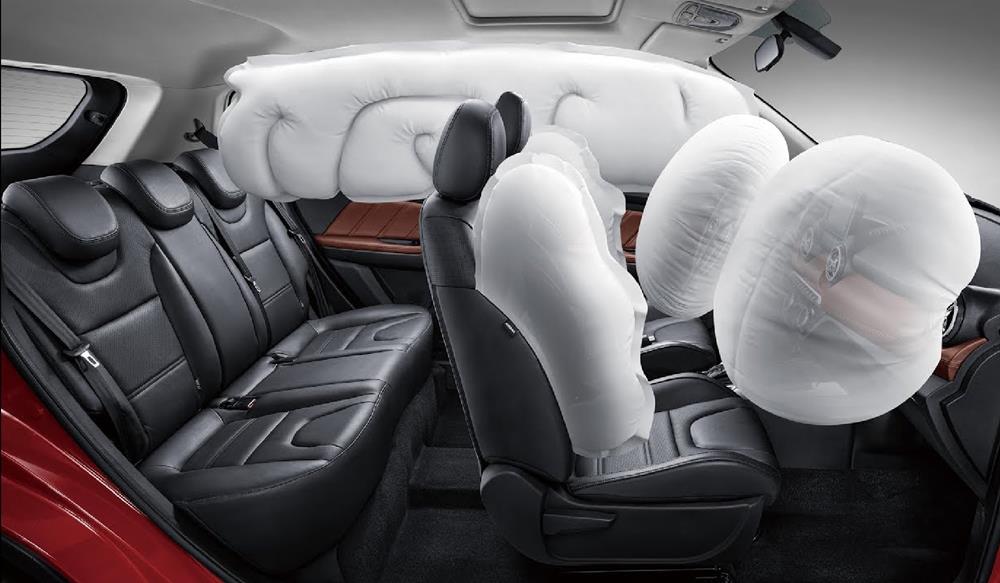
To ensure the recording properties of an event data (driving) recorder
The G-Sensor of the dash cam is mainly used to sense acceleration in all directions. When an accident occurs, the G-sensor can record the real-time images when the collision is promptly detected. This prevents data deletion or overwrite due to continuous recording cycles, and provides important data for insurance claims.
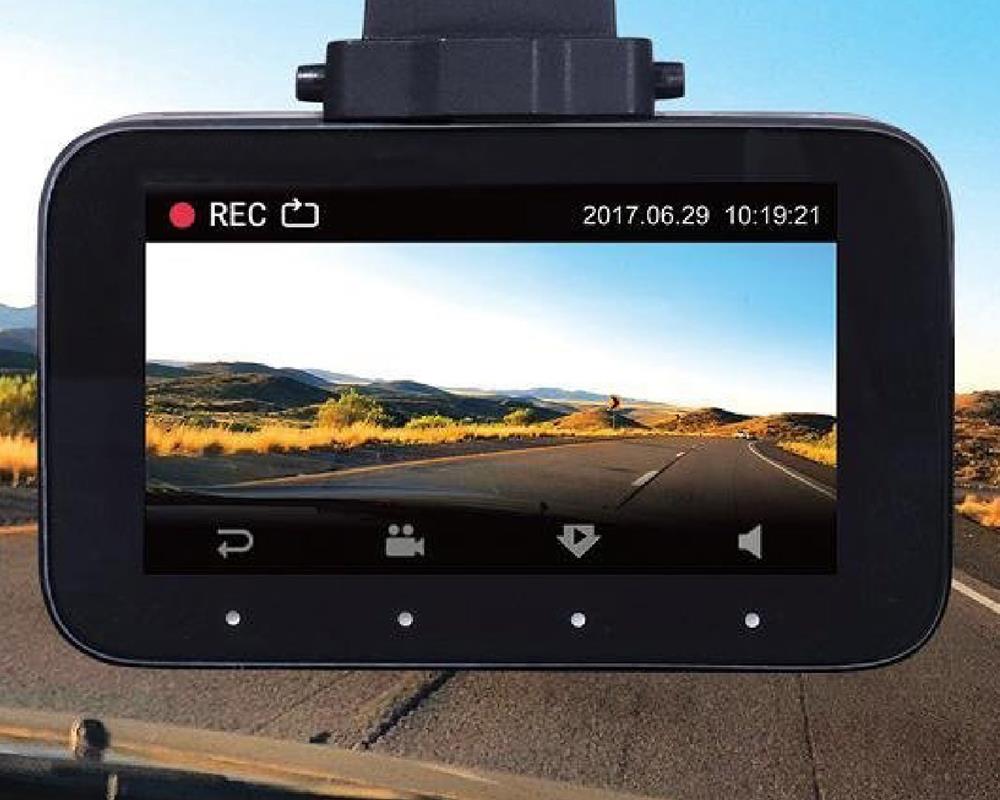
To ensure Dead Reckoning Capability in the navigation system(Dead Reckoning Capability)
Currently, many high-end navigation systems on the market have introduced dead reckoning capabilities. When a car passes through the parking lot or an underground tunnel, satellite signals cannot be accessed. The navigation system can access G-sensor values through the CANBus and use the Kalman filter to estimate the location of the moving car. A slight deviation in the dead reckoning function can easily distract the driver and result in a car accident; not to mention navigation systems without dead reckoning capability, which can display serious location errors.
As shown in the figure below, after the car enters the tunnel, the GPS/GNSS signal is blocked and the signal is lost. The yellow and blue dots signal the location with and without dead reckoning capabilities, respectively. A comparison between the two easily shows the location error of the blue dot.
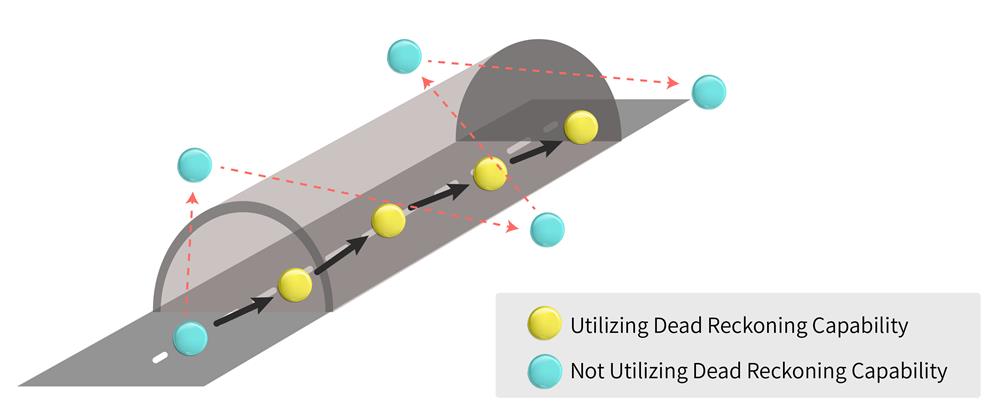
Allion’s G-sensor validation test ensures positioning accuracy and speed stability
G-value range test & long time stress test
A Mechanical-Bearing Rotary Stage is used to simulate instantaneous acceleration and deceleration, to ensure the stability and accuracy of the G-sensor’s detection function of the vehicle device and its durability under extended use.
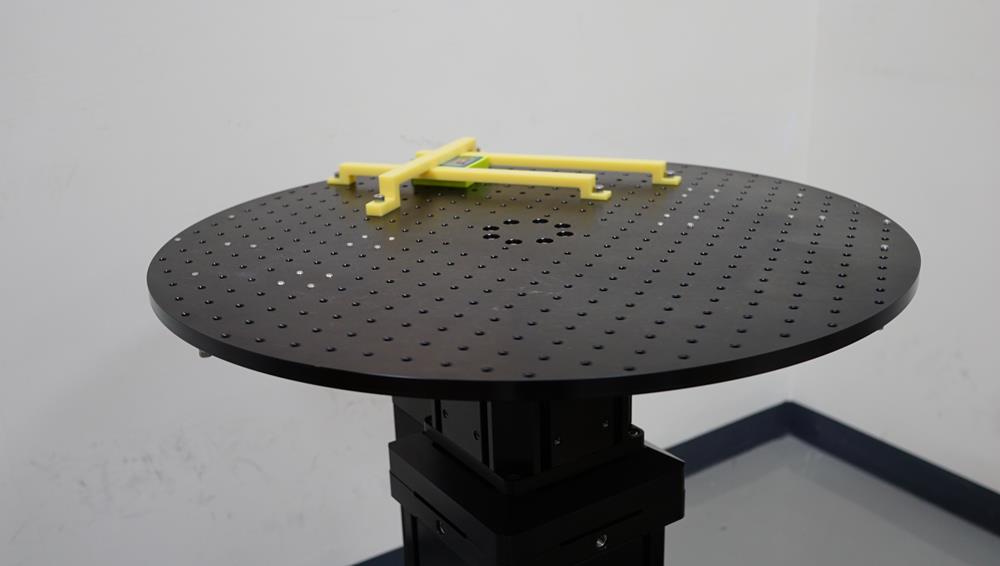
Reliability test
Through the Thermal Chamber, tests can be performed at different ambient temperatures to verify that the vehicle’s G-sensor can adapt to a wide range of environments and climates.
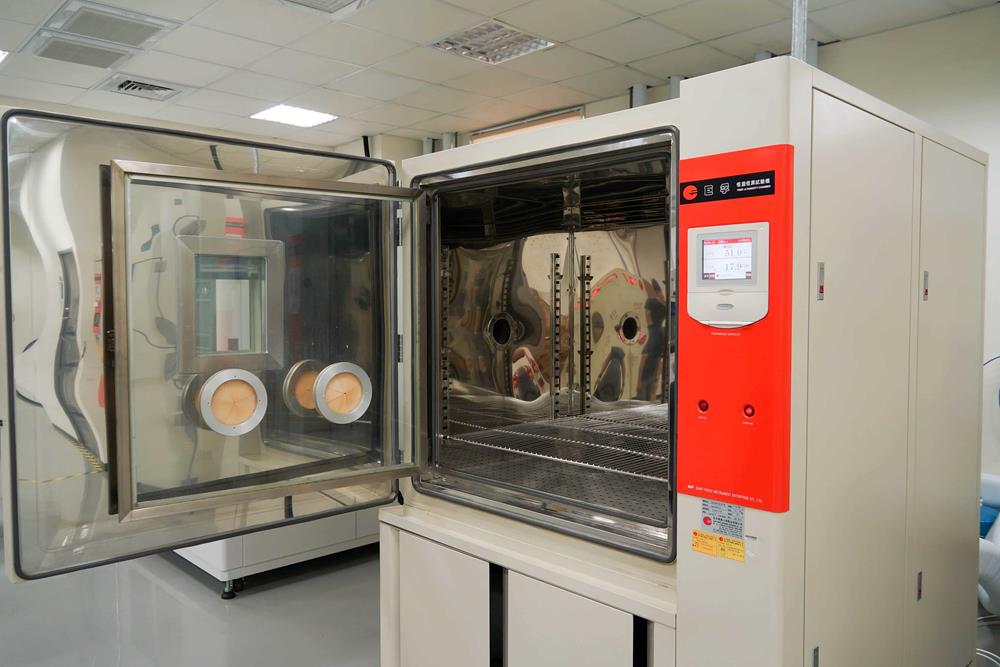
User scenario test
The test simulates the actual driving scenarios under various blocked satellite signals, such as passing through high-rise buildings, parking lots and tunnels in different countries and regions to verify the performance of the dead reckoning system in the real world.
































